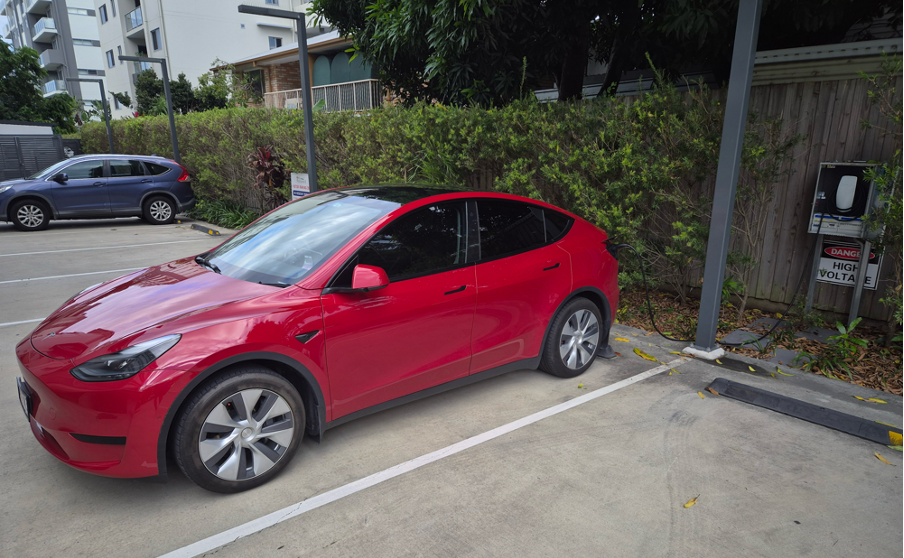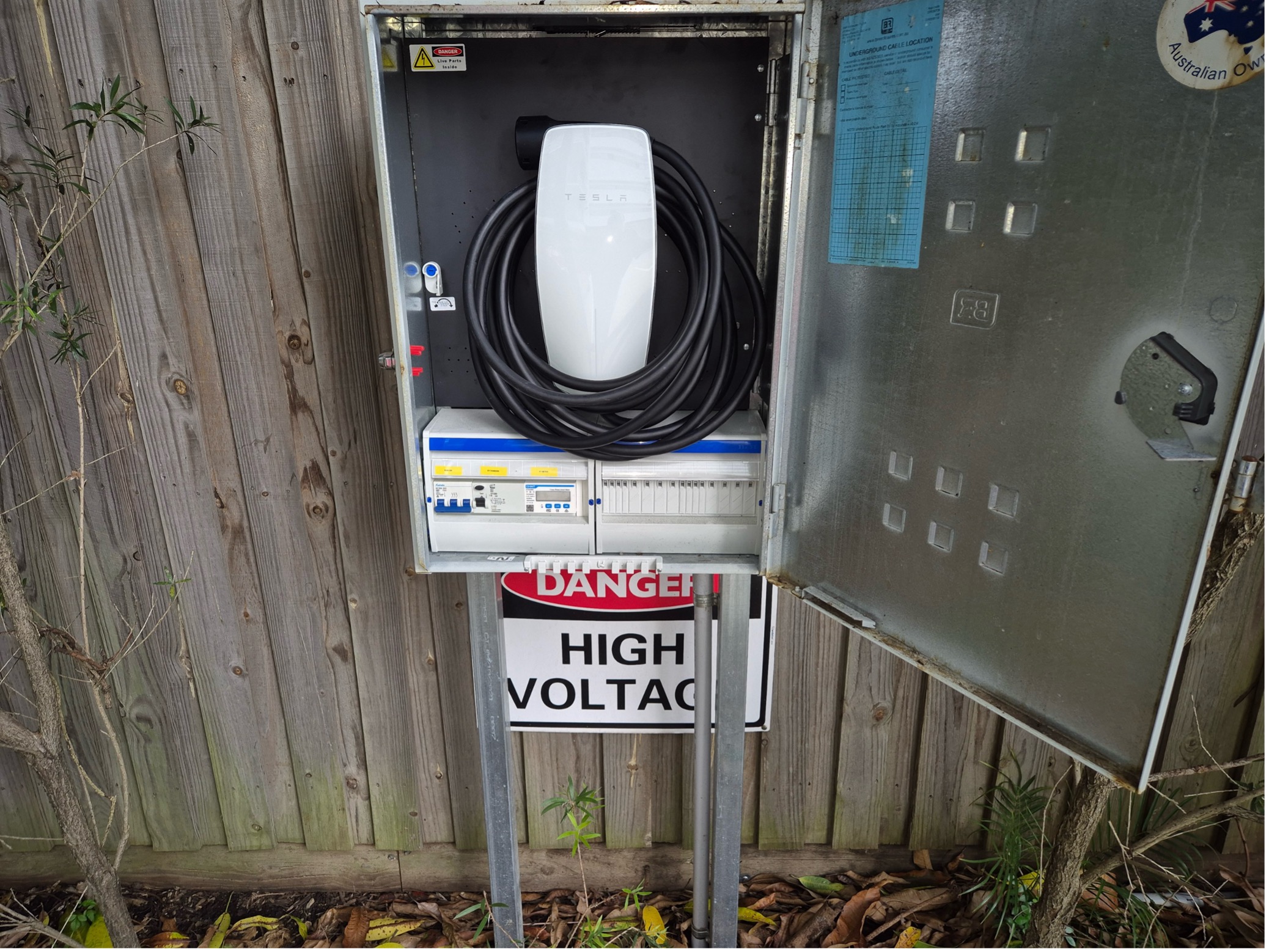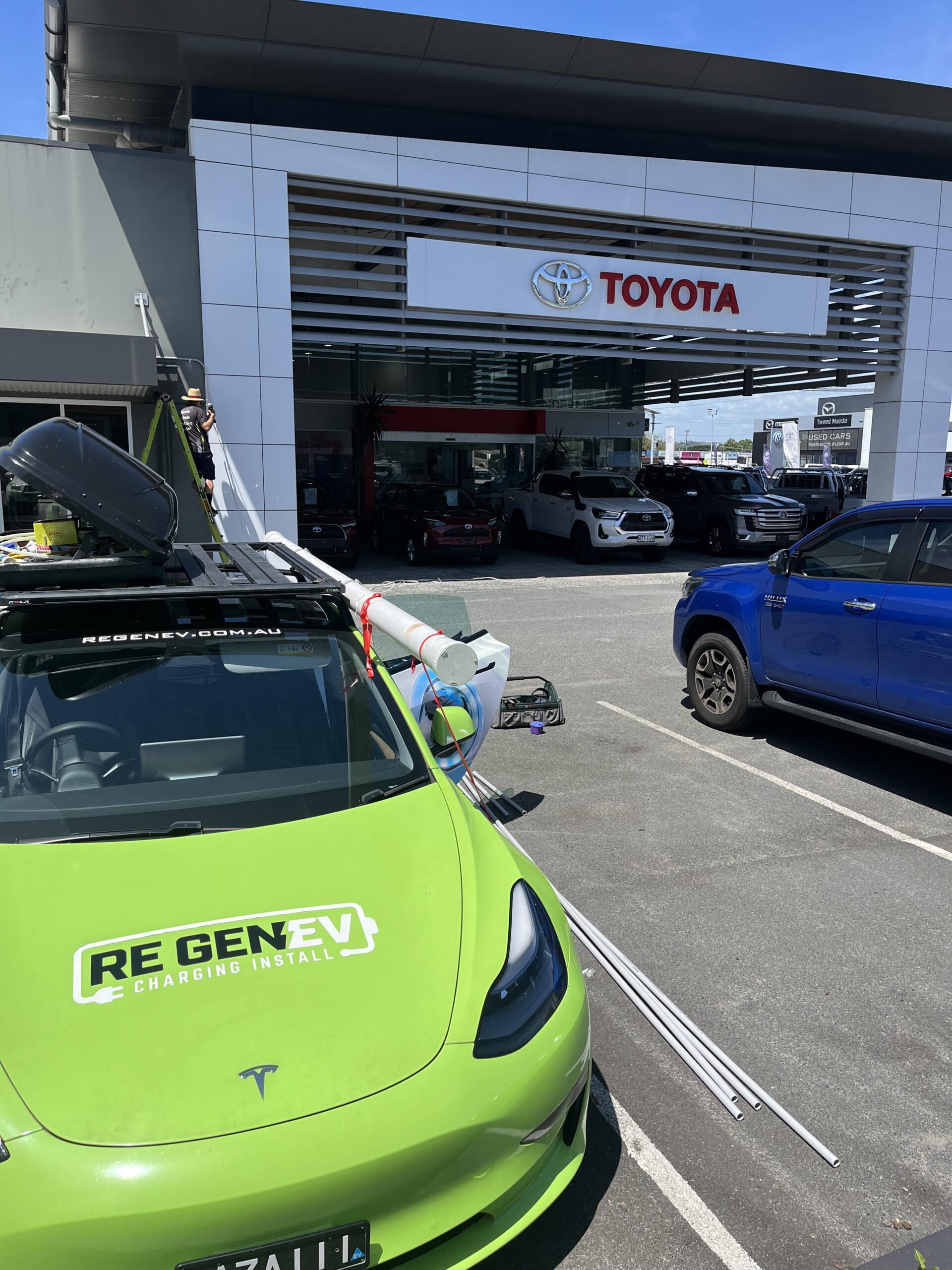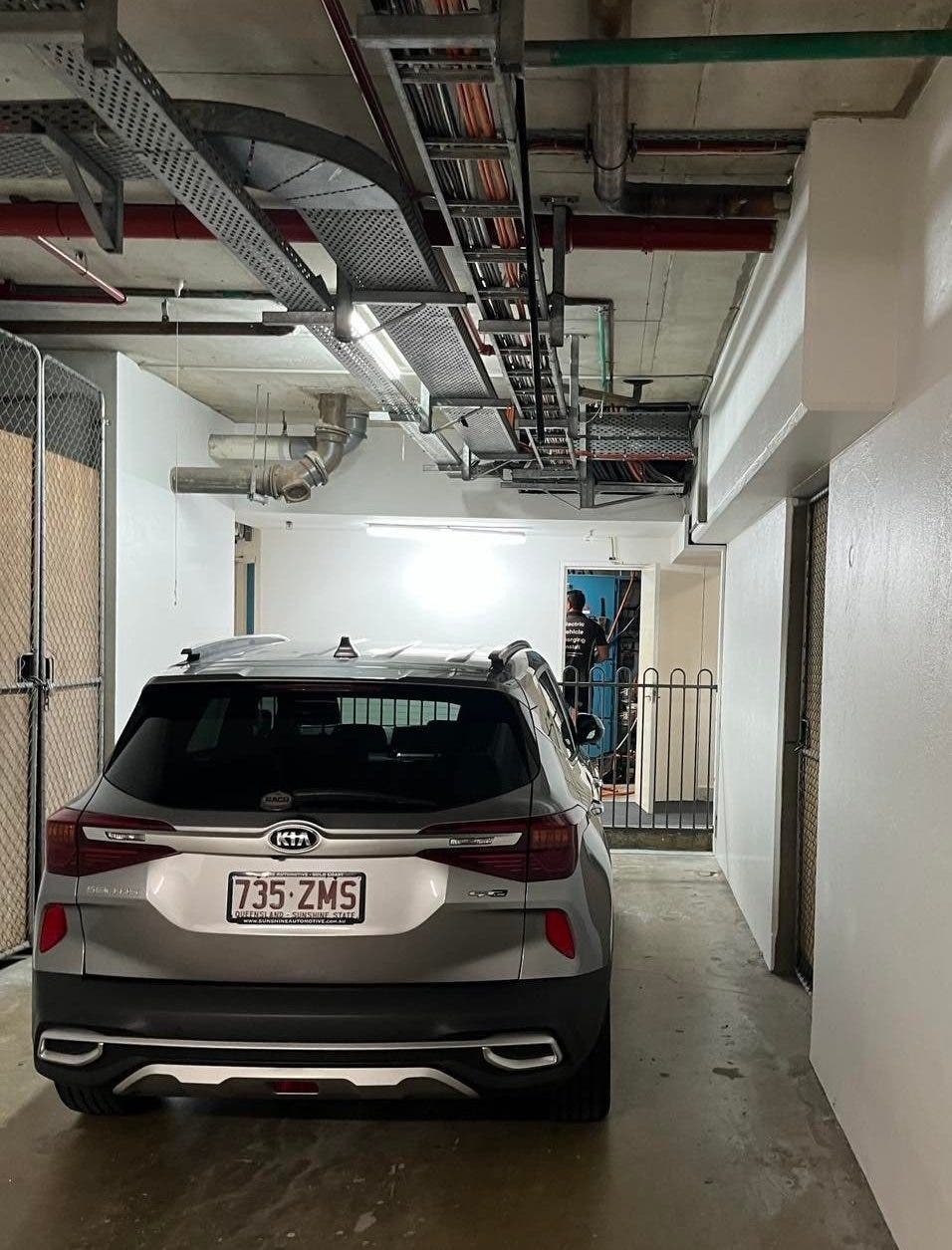Sign up for daily news updates from CleanTechnica on email. Or follow us on Google News!
Things are looking up for those who want to charge their electric vehicle in new strata title builds. The Australian Building Codes Board has issued this note: “To support Australians making the switch to electric vehicles (EV), the National Construction Code (NCC) is requiring new buildings to be ready for EV charging. To help industry, the ABCB has published a new advisory note.” The note can be read here.
This secures the future for people in new builds, but what about those wishing to charge their electric cars in already established multiple-occupancy residences? Well, there is good news and bad news. The best story I have heard recently was electric vehicle owners just joining the body corporate and passing their resolution. Some of the old guard weren’t happy, but the EV owners had the numbers. I must say: every effort was made to educate and enlighten those who were opposed. As time goes by and none of the Teslas burn down the complex, attitudes might change.
Then there is the story from an occupant of one unit in a resort complex on the Sunshine Coast who requested a power point be installed in their parking spot. No worries — until the BYD owner said it was going to be used to charge his car. “Well, on Monday I received the ok to install a 10 amp outlet to my garage lot at the complex. It has taken somewhere near 12 months — 3 Body Corporate Committee meetings, dozens of emails, an Extraordinary General Meeting and an Annual General Meeting to get to this stage — a single 10amp GPO. … I think the story is worth telling for a couple of reasons — primarily that it will be enlightening for those living in multiple dwellings that aspire to be a little greener, as well as some of the logistical issues that can arise — regardless of whether your BC is for or against.”
Of course, there are those who are less patient. Robert got his charger installed after threatening his recalcitrant Body Corporate with a submission to QCAT — the Queensland Civil and Administrative Tribunal. However, their charger has been installed as far from the entrance to their high rise building as possible. He describes the location as “out in the garden bed.” You know — just in case it bursts into flames!

“I joined the Body Corporate Committee and subsequently served as secretary for 3 years. The building was 18 months old when we purchased it. During my time on the committee, I had arranged for 30 kW of solar panels to be installed on the roof to power the lifts and other common power. … Figuring I knew the committee members I figured they were a progressive and diligent lot. When it came to EV’s I couldn’t have been further from the truth.
“After all sorts of roadblocks to every variance and suggestion I came up with I decided that I was getting nowhere with the tin foil hat brigade. I then stated my next letter would be to QCAT. Anyone that has anything to do with QCAT has their case made public and it would also be included in committee minutes. This means that apart from being a laughing stock prospective owners would pick this up by doing due diligence prior to purchase. Who wants to purchase an apartment with recalcitrant neighbours?
“This had the desired effect, with discussions and a compromise reached whereby I could install a 3-phase destination charger as far from the building as possible, just in case the car caught fire! A Wi-Fi access point out there was a bridge too far though.”

In a phone interview with Arran Blomfield, Queensland’s representative to the Tesla Owners Club of Australia and owner of regenEV, I asked him if it was getting harder to install EV chargers in highrise residential buildings. I had expected the answer to be that it was getting easier. I was wrong.
As Australia moves towards 10% of new vehicles sold being electric and over 100,000 EVs on the roads, you might think there would be fewer obstacles. So, this is not the article I expected to write. Arran tells me that he is installing about 3 or 4 chargers a month for individuals in highrises. Those chargers going into highrises get approval because of ease of access to their electricity meters. His three teams of installers are kept busy installing chargers for detached dwellings out in the burbs.
Regenev quotes on average one highrise building a week — to put in the backbone infrastructure. To date, he has quoted to install the electrical backbone infrastructure in over 100 buildings. It works out at roughly AU$1000 per parking bay. Only two buildings have taken up the quotes. He believes that body corporates are looking for more reasons to resist the change. “There appear to be more and more rules and regulations,” he says.
“In apartment blocks there are so many people to deal with: committees; on site management. I think the resistance is growing. Some are using fire risk as a means to stop installs. Quotes have become more expensive and more complex as I have had to add fire extinguishers, smoke detectors, fire blankets and a stop start button. Safe EV training has to be provided for those responsible in the building. More work, more cost.”
I asked him what his advice would be for individuals: “Ask for approval for a power point first. Perhaps after they get used to it — ask for a charging point.”
Arran is installing chargers for Toyota and Great Wall dealerships.

I asked if he was going to continue doing building quotes and he said not only that but: “I am willing to attend Body Corporate and committee meetings to help get the project started,” as detailed in a previous article here.
“If the building is serious, then we monitor for capacity. Introduce a system to balance power and manage the load. We set the software to not over burden the in coming supply to 80% or set up the software to not max out what’s available, the load management software will give majority of the energy to the lowest battery level car and the other vehicles will get charged per there battery status. Regenev installs a separate meter to analyse what power is being delivered to each car. It is built for cost effectiveness.”

Arran told me of a Commercial Public Operator who started up a company offering charging in strata title. This startup company would own the chargers and make its money from selling the service to occupants. The install would be at no cost to the body corporate. Apparently, 5 buildings were approached but no one was willing to take up the offer.
Arran advises EV owners who are wanting to charge their car in a strata title building to do their due diligence: Is a meter accessible for their unit? Can they make do with a power point? Can they get pre approval?
The future looks bright and electric for EV owners moving into new builds. The battle continues if you want access to power to charge your EV in exisiting strata title buildings. Although the ACBC note referenced above was meant to help, it has further complicated matters and added to the expense of installation.
“If the building is serious, then we monitor for capacity and introduce a system to balance power and manage the load. We set the software to not overburden the incoming supply to 80% or set up the software to not max out what’s available. The load management software will give the majority of the energy to the lowest-battery-level car and the other vehicles will get charged per their battery status. Regenev installs a separate meter to analyse what power is being delivered to each car. It is built for cost effectiveness.”
Have a tip for CleanTechnica? Want to advertise? Want to suggest a guest for our CleanTech Talk podcast? Contact us here.
Latest CleanTechnica.TV Video
CleanTechnica uses affiliate links. See our policy here.





